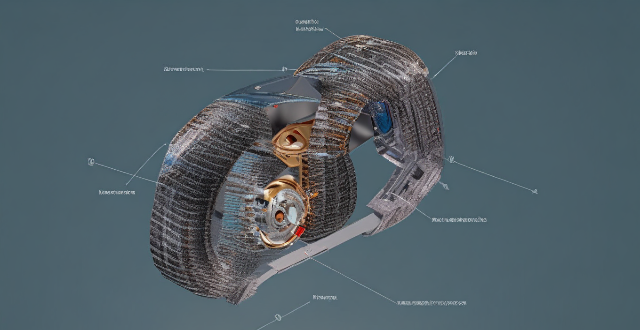Electronic Anti-Lock Braking Systems (ABS) are safety features in modern vehicles that prevent skidding during emergency braking. ABS consists of wheel speed sensors, valves, and an electronic control unit (ECU) which monitors each wheel's rotational speed and adjusts brake pressure accordingly. This system allows for maximum brake force without locking the wheels, enhancing steering control and reducing stopping distances. However, ABS is not a substitute for safe driving practices and may increase vehicle costs and maintenance.

Electronic Anti-Lock Braking Systems (ABS) and Skidding Prevention
What is ABS?
An Electronic Anti-Lock Braking System (ABS) is a safety technology incorporated in modern vehicles to prevent skidding during emergency braking. It uses sensors, valves, and electronic control units to monitor wheel speed and automatically adjust brake pressure to each wheel.
How Does ABS Work?
Components of ABS:
- Wheel Speed Sensors: Detect the rotational speed of each wheel.
- Valves: Control the flow of hydraulic fluid to the brakes at each wheel.
- Electronic Control Unit (ECU): Processes sensor data and sends signals to the valves to adjust brake pressure.
Functionality:
1. When the driver applies the brakes forcefully:
- The ECU compares the speed of each wheel.
- If one or more wheels are about to lock (spin without traction), the ECU signals the valves to reduce hydraulic pressure to those wheels.
2. As soon as the locked wheel's speed approaches the vehicle's actual speed:
- The ECU increases brake pressure again to maximize stopping power without causing skid.
3. This rapid cycling of brake pressure happens many times per second, allowing for maximum brake force without locking the wheels.
Advantages of ABS:
- Enhanced Control: Driver can steer effectively while braking hard, avoiding obstacles.
- Reduced Stopping Distance: Optimal use of brake power leads to shorter stopping distances on most surfaces.
- Less Tire Wear: Even pressure application reduces uneven tire wear patterns.
Limitations:
- Not a Substitute for Safe Driving: ABS does not eliminate the need for caution and safe driving practices.
- Cost and Maintenance: More complex systems mean higher costs and potential for additional maintenance.
Conclusion
In summary, Electronic Anti-Lock Braking Systems (ABS) play a crucial role in preventing skidding by monitoring wheel speeds and modulating brake pressure to maintain tire traction. This sophisticated system helps drivers maintain control and stop safely under extreme braking conditions, contributing significantly to vehicle safety.